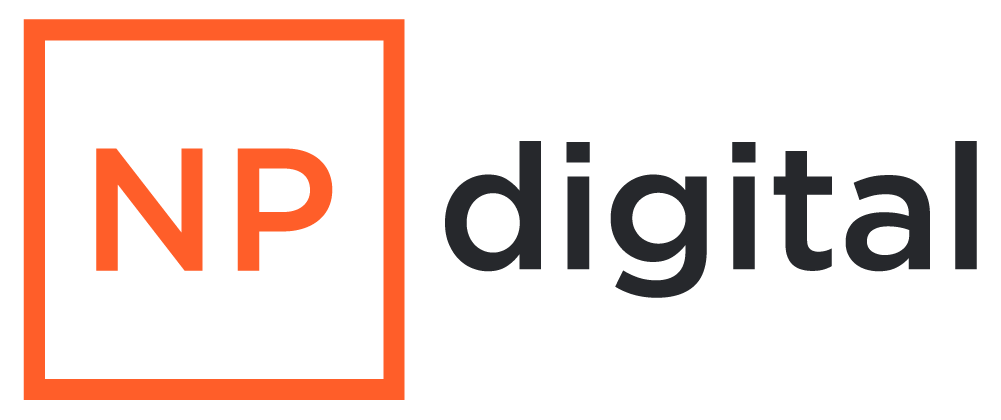I Build Online Businesses
I’m allergic to over-shared, generic best practices. In my newsletter, you’ll get hard-truths, stories of the brutal lessons I’ve lived through, and the occasional rant.
No AI or fake content. Ever.
I Build Online Businesses
I’m allergic to over-shared, generic best practices. In my newsletter, you’ll get hard-truths, stories of the brutal lessons I’ve lived through, and the occasional rant.
No AI or fake content. Ever.
Companies I’ve Worked With










Some of My Accomplishments
Started and grew a SEO media business to $7.2 million in annual revenue
Developed multiple infoproducts that have done six and seven figures in revenue
For an info product business, generated 484,000 leads in a single year
At a SaaS startup, built a lead-gen machine that drove over 8,000 MQLs per month
Recent Posts
-
The Story of Codesmith: How a Competitor Crippled a $23.5M Bootcamp By Becoming a Reddit Moderator
Let’s say you decide to start a coding bootcamp. Your background is in pedagogy and you love teaching. Your parents were teachers. You find a co-founder, raise a bit of money, and pour your soul into your company. The first…
-
Are Vendafly and Digital Chill Mart legit? I Put Them to the Test
Depends on how you define legit. I did some digging into these folks. And everything about their business screams “hey, we’re super duper sketchy!” It’s so bad that I’m still shocked that my Windows key worked (yes, I bought one).…
-
The Next Phase of B2B Content Marketing: Influencer Nodes
AI isn’t just fucking up SEO. I believe it’s fucking up all of B2B content marketing. Right now, 2 paths are viable. One is a race to the bottom. The other (if I’m right) will survive AI. First, let’s ground…




